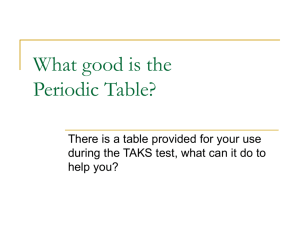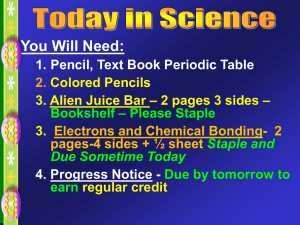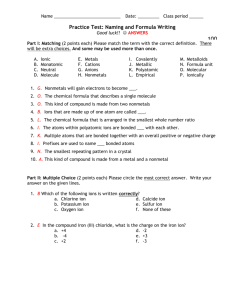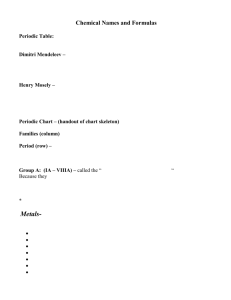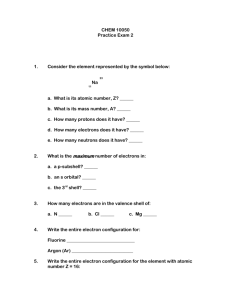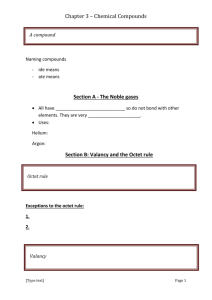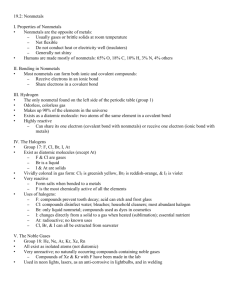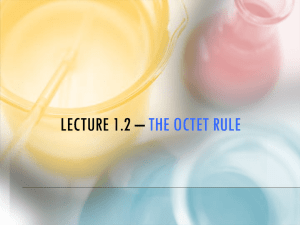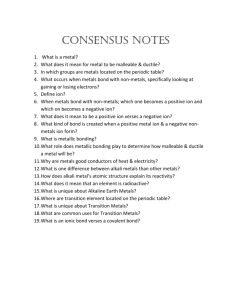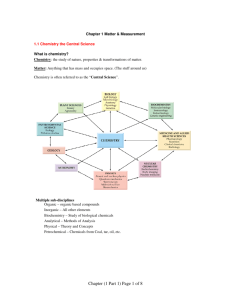Semester 1 Final review for Chemistry 2014 Ch. 2,3,4,6,7,8,9,25
advertisement
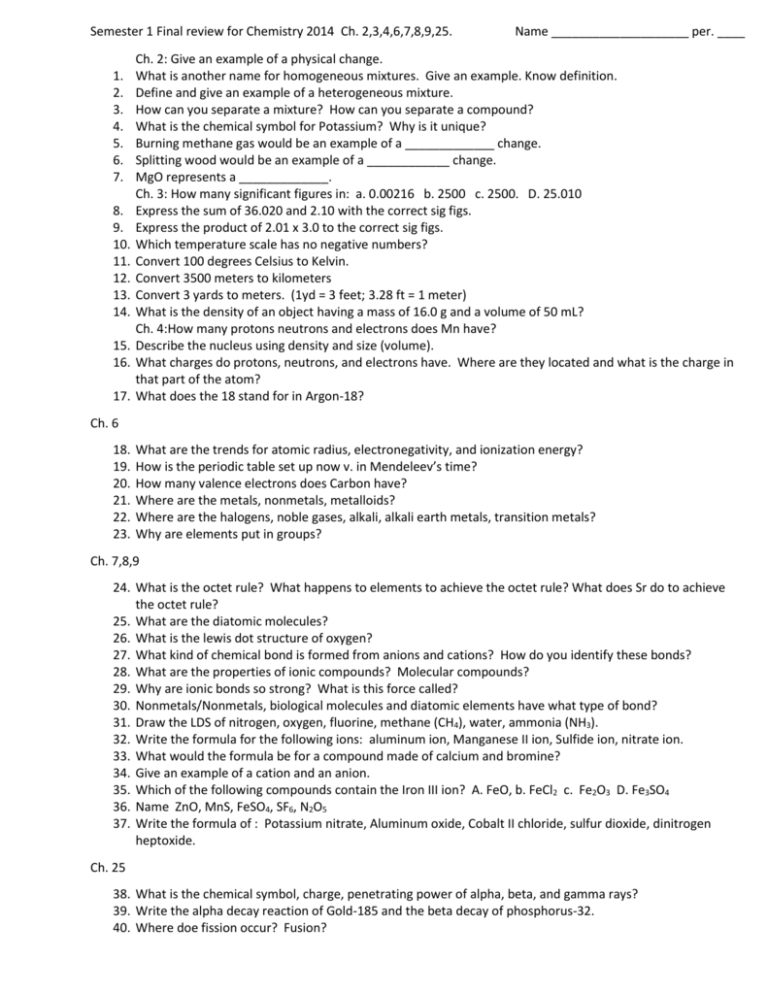
Semester 1 Final review for Chemistry 2014 Ch. 2,3,4,6,7,8,9,25. 1. 2. 3. 4. 5. 6. 7. 8. 9. 10. 11. 12. 13. 14. 15. 16. 17. Name ____________________ per. ____ Ch. 2: Give an example of a physical change. What is another name for homogeneous mixtures. Give an example. Know definition. Define and give an example of a heterogeneous mixture. How can you separate a mixture? How can you separate a compound? What is the chemical symbol for Potassium? Why is it unique? Burning methane gas would be an example of a _____________ change. Splitting wood would be an example of a ____________ change. MgO represents a _____________. Ch. 3: How many significant figures in: a. 0.00216 b. 2500 c. 2500. D. 25.010 Express the sum of 36.020 and 2.10 with the correct sig figs. Express the product of 2.01 x 3.0 to the correct sig figs. Which temperature scale has no negative numbers? Convert 100 degrees Celsius to Kelvin. Convert 3500 meters to kilometers Convert 3 yards to meters. (1yd = 3 feet; 3.28 ft = 1 meter) What is the density of an object having a mass of 16.0 g and a volume of 50 mL? Ch. 4:How many protons neutrons and electrons does Mn have? Describe the nucleus using density and size (volume). What charges do protons, neutrons, and electrons have. Where are they located and what is the charge in that part of the atom? What does the 18 stand for in Argon-18? Ch. 6 18. 19. 20. 21. 22. 23. What are the trends for atomic radius, electronegativity, and ionization energy? How is the periodic table set up now v. in Mendeleev’s time? How many valence electrons does Carbon have? Where are the metals, nonmetals, metalloids? Where are the halogens, noble gases, alkali, alkali earth metals, transition metals? Why are elements put in groups? Ch. 7,8,9 24. What is the octet rule? What happens to elements to achieve the octet rule? What does Sr do to achieve the octet rule? 25. What are the diatomic molecules? 26. What is the lewis dot structure of oxygen? 27. What kind of chemical bond is formed from anions and cations? How do you identify these bonds? 28. What are the properties of ionic compounds? Molecular compounds? 29. Why are ionic bonds so strong? What is this force called? 30. Nonmetals/Nonmetals, biological molecules and diatomic elements have what type of bond? 31. Draw the LDS of nitrogen, oxygen, fluorine, methane (CH4), water, ammonia (NH3). 32. Write the formula for the following ions: aluminum ion, Manganese II ion, Sulfide ion, nitrate ion. 33. What would the formula be for a compound made of calcium and bromine? 34. Give an example of a cation and an anion. 35. Which of the following compounds contain the Iron III ion? A. FeO, b. FeCl2 c. Fe2O3 D. Fe3SO4 36. Name ZnO, MnS, FeSO4, SF6, N2O5 37. Write the formula of : Potassium nitrate, Aluminum oxide, Cobalt II chloride, sulfur dioxide, dinitrogen heptoxide. Ch. 25 38. What is the chemical symbol, charge, penetrating power of alpha, beta, and gamma rays? 39. Write the alpha decay reaction of Gold-185 and the beta decay of phosphorus-32. 40. Where doe fission occur? Fusion?
